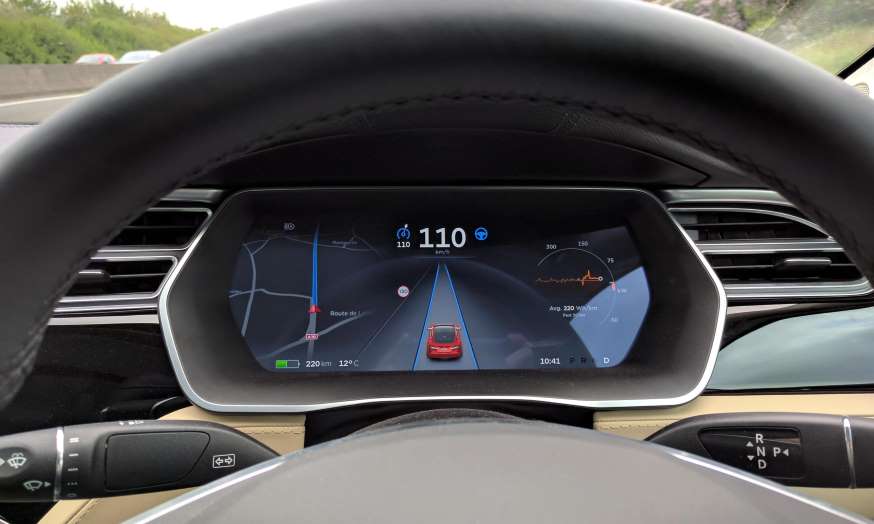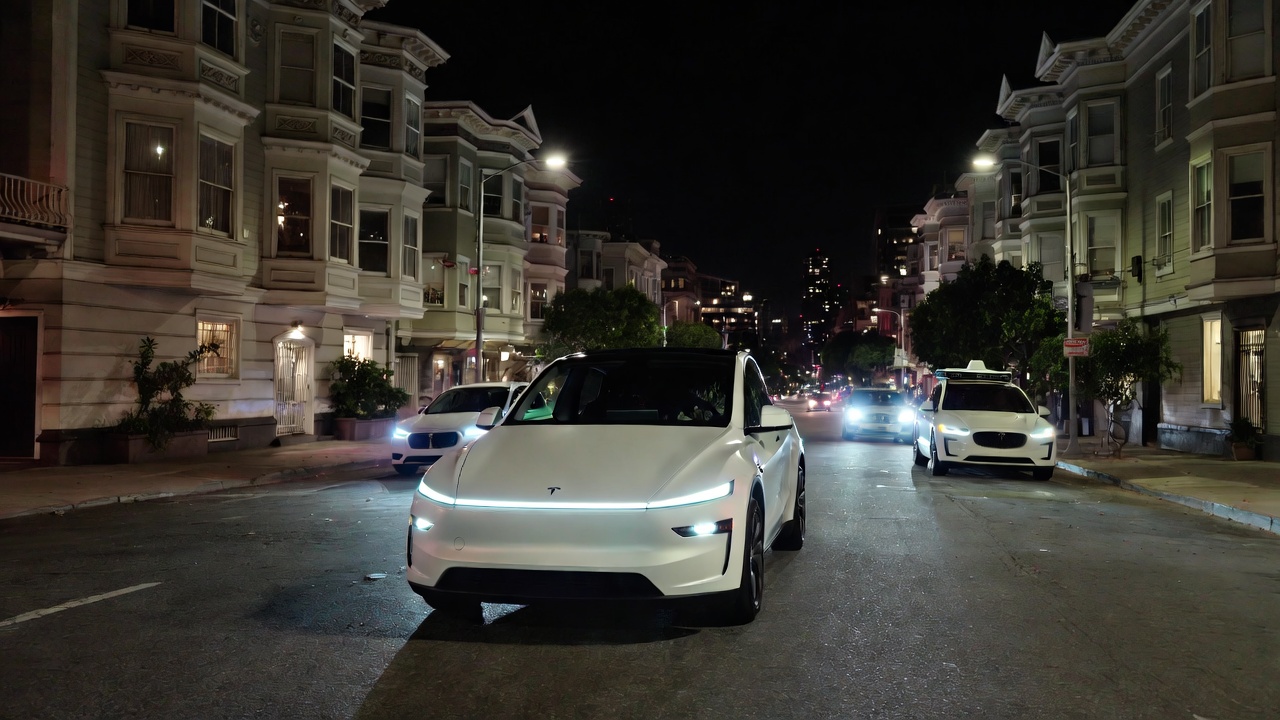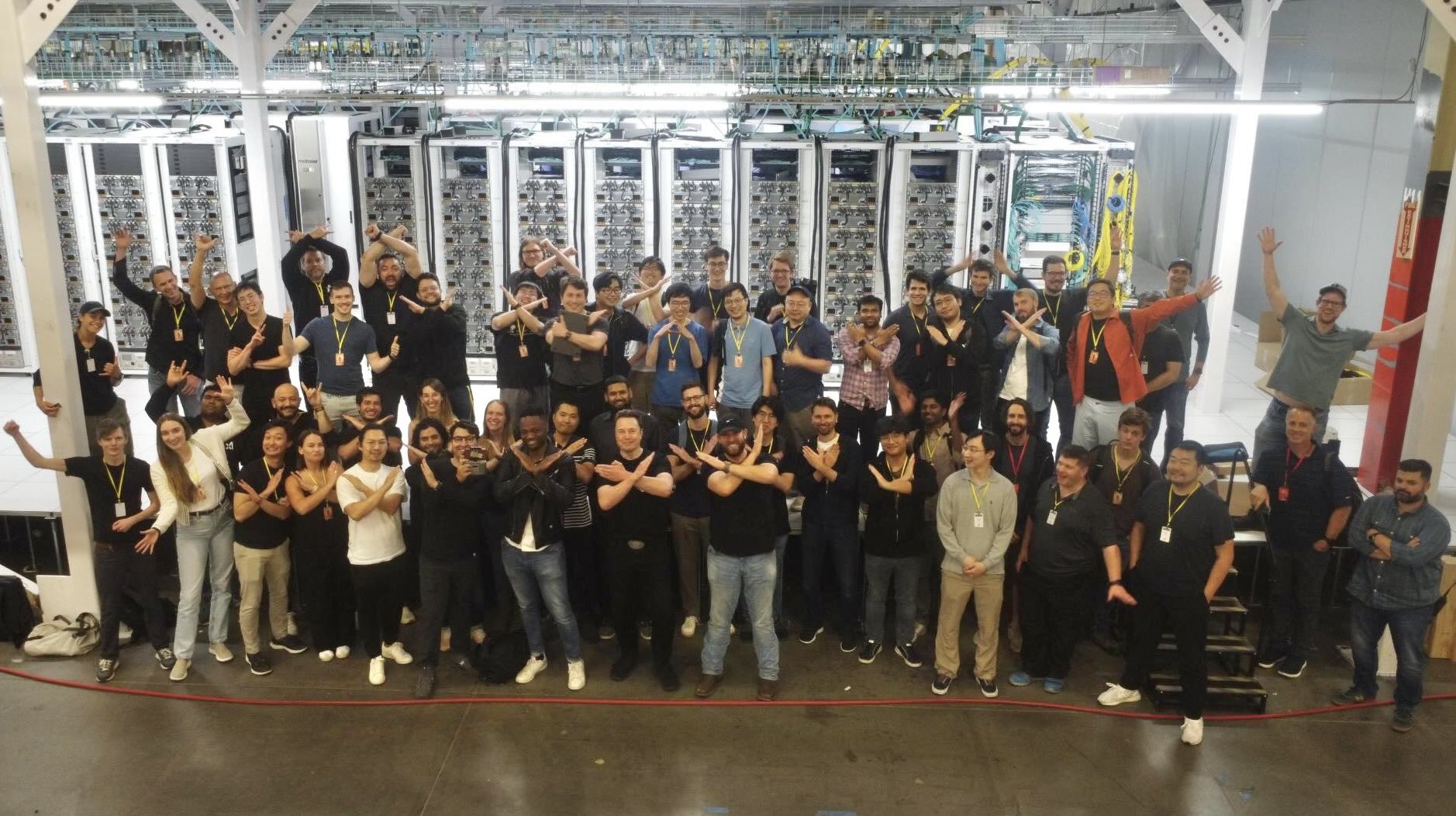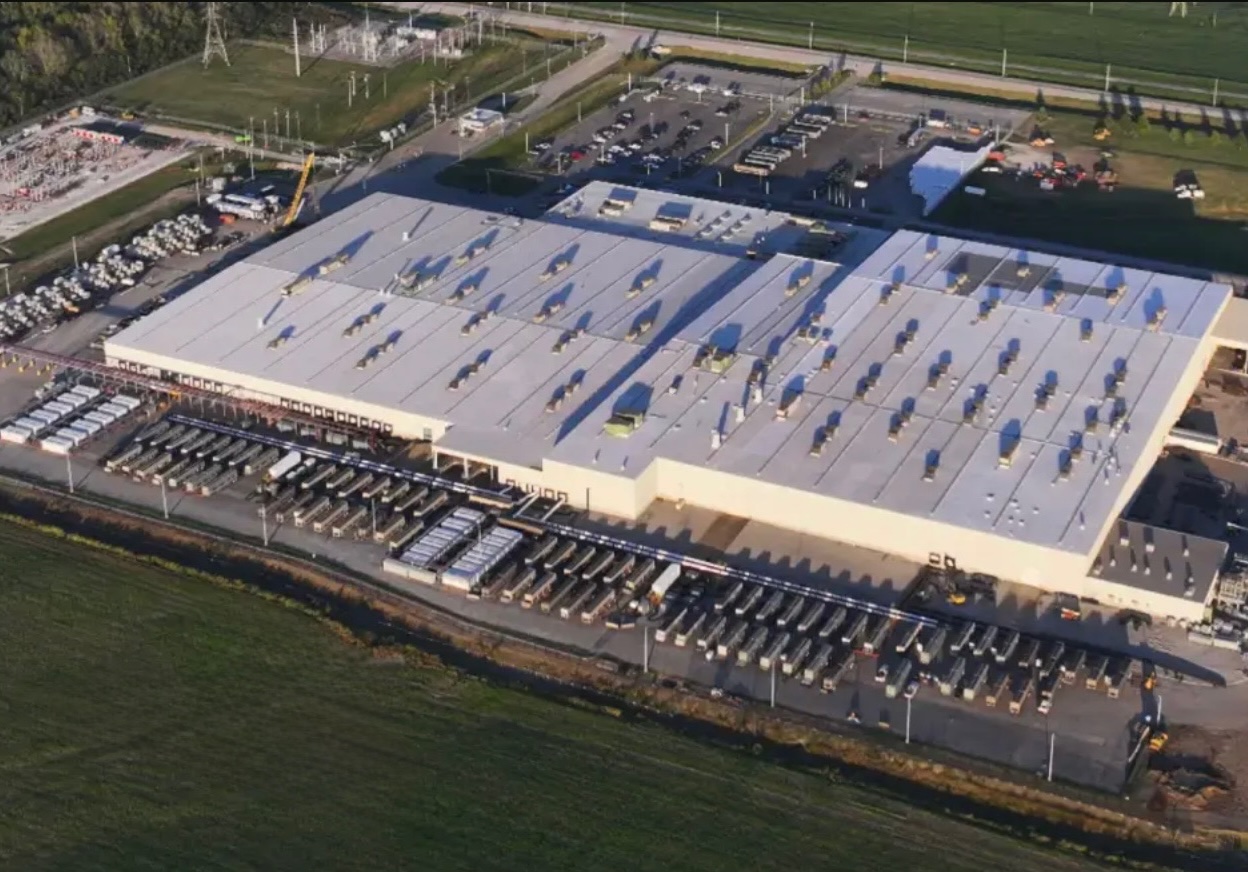News
Consumer Reports urges Tesla to disable Autopilot steering

Consumer Reports has publicly called on Tesla to disable the automatic steering portion of Autopilot in the wake of the fatal accident that took the like of Joshua Brown. Tesla’s Autopilot allows the vehicle to automatically steer, accelerate and brake when navigating highways with lane markings. It should be deactivated “until it can be reprogrammed to require drivers to keep their hands on the steering wheel,” says the consumer watchdog organization.
The editors of Consumer Reports say the name Autopilot is “misleading and potentially dangerous.” They want Tesla to block its automatic steering technology, overhaul it, and rename it. Laura MacCleery, vice president of consumer policy and mobilization for Consumer Reports, said in a statement that self-driving systems “could make our roads safer” eventually, “but today, we’re deeply concerned that consumers are being sold a pile of promises about unproven technology.”
That’s quite a reversal for an organization that tested a Tesla with Autopilot last October and reported that is “worked quite well,” given its limitations.
Tesla and Elon Musk are sticking to their guns. “Tesla is constantly introducing enhancements proven over millions of miles of internal testing to ensure that drivers supported by Autopilot remain safer than those operating without assistance,” Tesla said in a statement on July 14. “We will continue to develop, validate, and release those enhancements as the technology grows. While we appreciate well meaning advice from any individual or group, we make our decisions on the basis of real world data, not speculation by media.”
At issue are the length of time the car will continue to drive in semi-autonomous mode even when the system detects no hand on the wheel and how the system alerts drivers that it is time for them to resume direct control of the car. In a recent crash involving a Model X driving on a twisty road in Montana, the company says there was no hand on the wheel for more than 2 minutes. The car was traveling at 60 miles an hour, which means it went more than 2 miles with no human input. The driver says he was unaware the car was directing him to take control because his native language is Mandarin, not English.
Also, some drivers report they were unaware the system had handed back control to them, leaving them responsible for driving the car. Ambiguity is not in anyone’s best interests when it comes to driving a motor vehicle.
“Tesla Autopilot functions like the systems that airplane pilots use when conditions are clear,” Tesla said. “The driver is still responsible for, and ultimately in control of, the car. This is enforced with onboard monitoring and alerts. To further ensure drivers remain aware of what the car does and does not see, Tesla Autopilot also provides intuitive access to the information the car is using to inform its actions.” Some drivers feel that “intuitive access” is less successful that it could be. That’s an area that Tesla could address fairly easily by making warnings clearer and less ambiguous.
Consumer Reports’ suggestion seems more than a little over the top. Still, Tesla has to tread carefully here. Rumor and innuendo can have a strongly negative effect on consumer opinions. Some people may remember the maelstrom surrounding the Audi 5000 sudden unintended acceleration situation that happened some time ago. 60 Minutes got involved and people started calling it a “death car.” Audi sales plummeted and it almost went out of business.
There are hundreds of thousands of motor vehicle accidents every year on America’s roads. Few ever garner any media attention. Why is this one crash causing such a commotion? “If it bleeds, it leads,” is a popular expression it the news business and the media have been quick to make a cause célèbre out of Brown’s death.
Elon is not easily dissuaded from his chosen course. But there is ample evidence to suggest that human drivers are not as alert and tech savvy as perhaps the company assumes they are. The trick is to satisfy any safety concerns without stripping the Autopilot system of its life saving features. Ultimately, the question comes down to whether the death of one driver should be an excuse for failing to protect hundreds if not thousands of other drivers from injury or death.

News
Nvidia CEO Jensen Huang explains difference between Tesla FSD and Alpamayo
“Tesla’s FSD stack is completely world-class,” the Nvidia CEO said.

NVIDIA CEO Jensen Huang has offered high praise for Tesla’s Full Self-Driving (FSD) system during a Q&A at CES 2026, calling it “world-class” and “state-of-the-art” in design, training, and performance.
More importantly, he also shared some insights about the key differences between FSD and Nvidia’s recently announced Alpamayo system.
Jensen Huang’s praise for Tesla FSD
Nvidia made headlines at CES following its announcement of Alpamayo, which uses artificial intelligence to accelerate the development of autonomous driving solutions. Due to its focus on AI, many started speculating that Alpamayo would be a direct rival to FSD. This was somewhat addressed by Elon Musk, who predicted that “they will find that it’s easy to get to 99% and then super hard to solve the long tail of the distribution.”
During his Q&A, Nvidia CEO Jensen Huang was asked about the difference between FSD and Alpamayo. His response was extensive:
“Tesla’s FSD stack is completely world-class. They’ve been working on it for quite some time. It’s world-class not only in the number of miles it’s accumulated, but in the way it’s designed, the way they do training, data collection, curation, synthetic data generation, and all of their simulation technologies.
“Of course, the latest generation is end-to-end Full Self-Driving—meaning it’s one large model trained end to end. And so… Elon’s AD system is, in every way, 100% state-of-the-art. I’m really quite impressed by the technology. I have it, and I drive it in our house, and it works incredibly well,” the Nvidia CEO said.
Nvidia’s platform approach vs Tesla’s integration
Huang also stated that Nvidia’s Alpamayo system was built around a fundamentally different philosophy from Tesla’s. Rather than developing self-driving cars itself, Nvidia supplies the full autonomous technology stack for other companies to use.
“Nvidia doesn’t build self-driving cars. We build the full stack so others can,” Huang said, explaining that Nvidia provides separate systems for training, simulation, and in-vehicle computing, all supported by shared software.
He added that customers can adopt as much or as little of the platform as they need, noting that Nvidia works across the industry, including with Tesla on training systems and companies like Waymo, XPeng, and Nuro on vehicle computing.
“So our system is really quite pervasive because we’re a technology platform provider. That’s the primary difference. There’s no question in our mind that, of the billion cars on the road today, in another 10 years’ time, hundreds of millions of them will have great autonomous capability. This is likely one of the largest, fastest-growing technology industries over the next decade.”
He also emphasized Nvidia’s open approach, saying the company open-sources its models and helps partners train their own systems. “We’re not a self-driving car company. We’re enabling the autonomous industry,” Huang said.
Elon Musk
Elon Musk confirms xAI’s purchase of five 380 MW natural gas turbines
The deal, which was confirmed by Musk on X, highlights xAI’s effort to aggressively scale its operations.

xAI, Elon Musk’s artificial intelligence startup, has purchased five additional 380 MW natural gas turbines from South Korea’s Doosan Enerbility to power its growing supercomputer clusters.
The deal, which was confirmed by Musk on X, highlights xAI’s effort to aggressively scale its operations.
xAI’s turbine deal details
News of xAI’s new turbines was shared on social media platform X, with user @SemiAnalysis_ stating that the turbines were produced by South Korea’s Doosan Enerbility. As noted in an Asian Business Daily report, Doosan Enerbility announced last October that it signed a contract to supply two 380 MW gas turbines for a major U.S. tech company. Doosan later noted in December that it secured an order for three more 380 MW gas turbines.
As per the X user, the gas turbines would power an additional 600,000+ GB200 NVL72 equivalent size cluster. This should make xAI’s facilities among the largest in the world. In a reply, Elon Musk confirmed that xAI did purchase the turbines. “True,” Musk wrote in a post on X.
xAI’s ambitions
Recent reports have indicated that xAI closed an upsized $20 billion Series E funding round, exceeding the initial $15 billion target to fuel rapid infrastructure scaling and AI product development. The funding, as per the AI startup, “will accelerate our world-leading infrastructure buildout, enable the rapid development and deployment of transformative AI products.”
The company also teased the rollout of its upcoming frontier AI model. “Looking ahead, Grok 5 is currently in training, and we are focused on launching innovative new consumer and enterprise products that harness the power of Grok, Colossus, and 𝕏 to transform how we live, work, and play,” xAI wrote in a post on its website.
Elon Musk
Elon Musk’s xAI closes upsized $20B Series E funding round
xAI announced the investment round in a post on its official website.

xAI has closed an upsized $20 billion Series E funding round, exceeding the initial $15 billion target to fuel rapid infrastructure scaling and AI product development.
xAI announced the investment round in a post on its official website.
A $20 billion Series E round
As noted by the artificial intelligence startup in its post, the Series E funding round attracted a diverse group of investors, including Valor Equity Partners, Stepstone Group, Fidelity Management & Research Company, Qatar Investment Authority, MGX, and Baron Capital Group, among others.
Strategic partners NVIDIA and Cisco Investments also continued support for building the world’s largest GPU clusters.
As xAI stated, “This financing will accelerate our world-leading infrastructure buildout, enable the rapid development and deployment of transformative AI products reaching billions of users, and fuel groundbreaking research advancing xAI’s core mission: Understanding the Universe.”
xAI’s core mission
Th Series E funding builds on xAI’s previous rounds, powering Grok advancements and massive compute expansions like the Memphis supercluster. The upsized demand reflects growing recognition of xAI’s potential in frontier AI.
xAI also highlighted several of its breakthroughs in 2025, from the buildout of Colossus I and II, which ended with over 1 million H100 GPU equivalents, and the rollout of the Grok 4 Series, Grok Voice, and Grok Imagine, among others. The company also confirmed that work is already underway to train the flagship large language model’s next iteration, Grok 5.
“Looking ahead, Grok 5 is currently in training, and we are focused on launching innovative new consumer and enterprise products that harness the power of Grok, Colossus, and 𝕏 to transform how we live, work, and play,” xAI wrote.








